Triggered off by an inquiry from one of my Followers (!), I’m postponing my compost story (yawn) and also fashion advice for the trendy farmer's woman (shame). We started with about a dozen brown chickens. Laying hens are called pullets. We asked the farmer we bought them from whether they were laying already or not, because it can take up to 6 months until they do -- depending on the breed. Now my dear friend, not knowing how old or what your breed is, I venture to say that, just like girls, chicks start to mature and reach puberty at different times. One of them may well be laying already, as you wrote, whereas the others are still growing and getting ready to produce a life-long supply of your eggs. These pullets, when they are older and past laying, can still be used for nutritious soup. You wouldn’t roast them, because they would be too tough. You want broilers for roasting.
Some hens lay an egg every day, some skip a day. In Ireland, they reduced their production in winter. Even if yours are home in a milder climate, their circadian rhythm may still tell them, "Hey, it’s winter…and the chick union entitles me to have a break.” Keep feeding them as normal with an extra bit of grain or protein. I knew a farmer who swore by fish for that purpose. We always felt the eggs had a fishy smell.
Be careful what you feed them. Most ready-made feeds you can buy consist of undesirable ingredients that we organics don’t approve of: Growth promoters are the worst. Don’t even think about those now just because your hens are not laying yet! More about this topic when we talk about raising 1 day old chicks into juicy roasted chickens. When in doubt, and you can’t buy organic feeds, let them run around free on grass or among vegetable patches and let them scratch and feed where they want, add some grain, grass or unwanted salad leaves. They will not overeat or eat anything that may be bad for them. What you might do to encourage broodiness is putting medium sized plastic buckets with straw inside into the hen house. They have their individual little cubbyhole which they adopt and where they lay their eggs. Nothing worse than trying to find eggs in the hedgerows every morning if you have free ranging hens!
Make sure the chicken house is safe. We followed John Seymour’s ARK type. It has to be above ground so that badgers and rats or foxes don’t dig through. Otherwise a tight chicken mesh is advisable. Tall enough for easy access with a lockable door. A roof also helps against intruders from above, even big dogs jumping in and having a field day; a fence around their designated area is advisable but not fox proof. Lock the hen house at dusk. That’s when Mr. Fox strikes. Open up late mid morning after they have laid their egg -- probably. Don’t count you eggs before they are laid:}
I sold our surplus eggs at the local news agent. Which was against EU regulations. (Oops!). Eggs have to be officially screened against diseases. So Liam kept them under the counter and customers discreetly asked for them. Everybody loved our fresh eggs and got upset in winter when the demand was higher than the hens’ productivity.
Subscribe to:
Post Comments (Atom)




























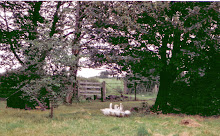





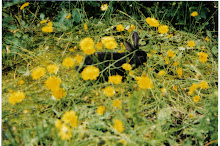








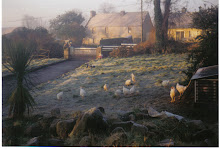
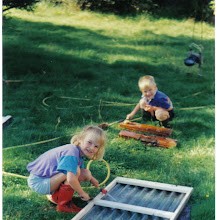














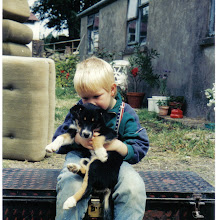




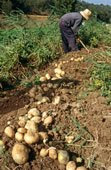

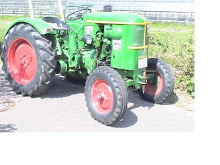






nothing nicer than freerange organic eggs
ReplyDelete